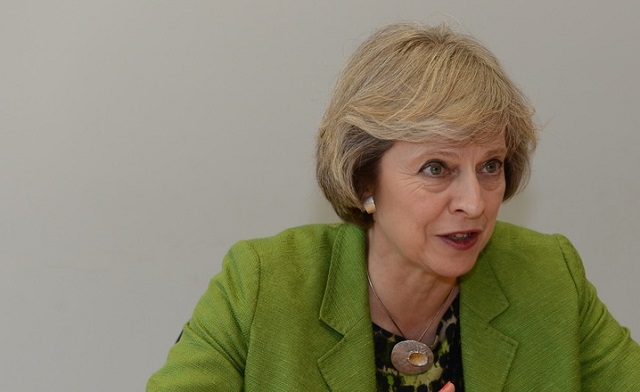
London, United Kingdom | AFP | What happens now after Prime Minister Theresa May threw the Brexit process into fresh disarray after deferring a vote on her deal in parliament?
The embattled leader said she would seek assurances from EU leaders to assuage British lawmakers’ concerns, but faces seemingly implacable opposition to the plan.
She indicated the vote will now take place before January 21 — the legal deadline before parliament can take control of the Brexit process if the government has failed to negotiate a viable deal with the European Union.
The fate of May, her deal and her government appears highly uncertain, with hardliners from her own Conservative Party threatening a leadership challenge, and a no-confidence vote in her government also possible.
Here are some of the most probable scenarios:
– Tweaks to the deal –
May vowed to “go to see” her European counterparts to discuss MPs concerns ahead of a summit in Brussels on Thursday and Friday, seeking “further assurances” over the so-called “backstop plan” for the Irish border.
But Brexiteers are demanding she entirely overhaul this contentious element of the proposal before trying again to put the deal to a vote in the House of Commons.
In any case EU leaders have already rejected the prospect of renegotiating any part of the backstop, which is contained within the legally-binding withdrawal agreement.
European sources privately say only tweaks in the accompanying declaration on post-Brexit ties might be possible, which are not legally enforceable.
– Norway option –
With MPs having more of a say in the process, it is possible they could push for a “plan B”, which would see Britain adopt a softer Brexit, such as staying in the EU’s satellite trading bloc the European Economic Area — the so-called Norway option.
Although being in the single market would require maintaining freedom of movement of EU citizens into Britain — a contentious issue for May and many pro-Brexit voters — this approach is considered more likely to command a majority in parliament and potentially pass a vote.
Another potential obstacle, however, is that Britain would have to continue paying large amounts of money into the EU budget which would prove hugely unpopular.
EU figures are said to be in any case discussing how the bloc could extend Article 50 to allow for a tweaked deal or other scenarios such as a second referendum.
– No-deal Brexit –
Britain has legislated to leave the European Union on March 29, 2019, after triggering Article 50 — the treaty mechanism used to exit the bloc — two years prior.
May has warned that if MPs vote down her plan the country risks crashing out on this date with no agreement.
That would sever ties overnight with its closest trading partner, amid fears of grounded flights, medicine shortages and gridlocked ports and motorways.
The Bank of England has warned of a financial crisis, slashing house prices and crashing the pound.
– Second referendum –
Calls for a new referendum now attract significant cross-party support from dozens of MPs.
May has repeatedly ruled out another vote but could face pressure to call one if Britain slips into political paralysis.
Supporters of a second referendum received a boost from the European Court of Justice on Monday, which ruled that Britain does have the unilateral right to revoke its Brexit decision.
– Election or leadership challenge –
The prime minister could try to break the parliamentary deadlock by calling a general election — but would need the backing of two-thirds of all MPs.
A simple majority of all lawmakers could also topple her government with a vote of no confidence, with some opposition MPs calling for such a move in parliament Monday.
But a Labour spokesperson said after that the party would only submit such a motion “when we judge it most likely to be successful”.
It could lead to the formation of a new government — possibly a coalition of parties — if MPs agreed on that within two weeks.
Otherwise, a general election would be called.
May could also be ousted by MPs from within her own Conservative Party and British media are full of speculation on potential contenders.
A minimum of 48 letters of no-confidence are required to trigger a vote of no confidence.
 The Independent Uganda: You get the Truth we Pay the Price
The Independent Uganda: You get the Truth we Pay the Price



